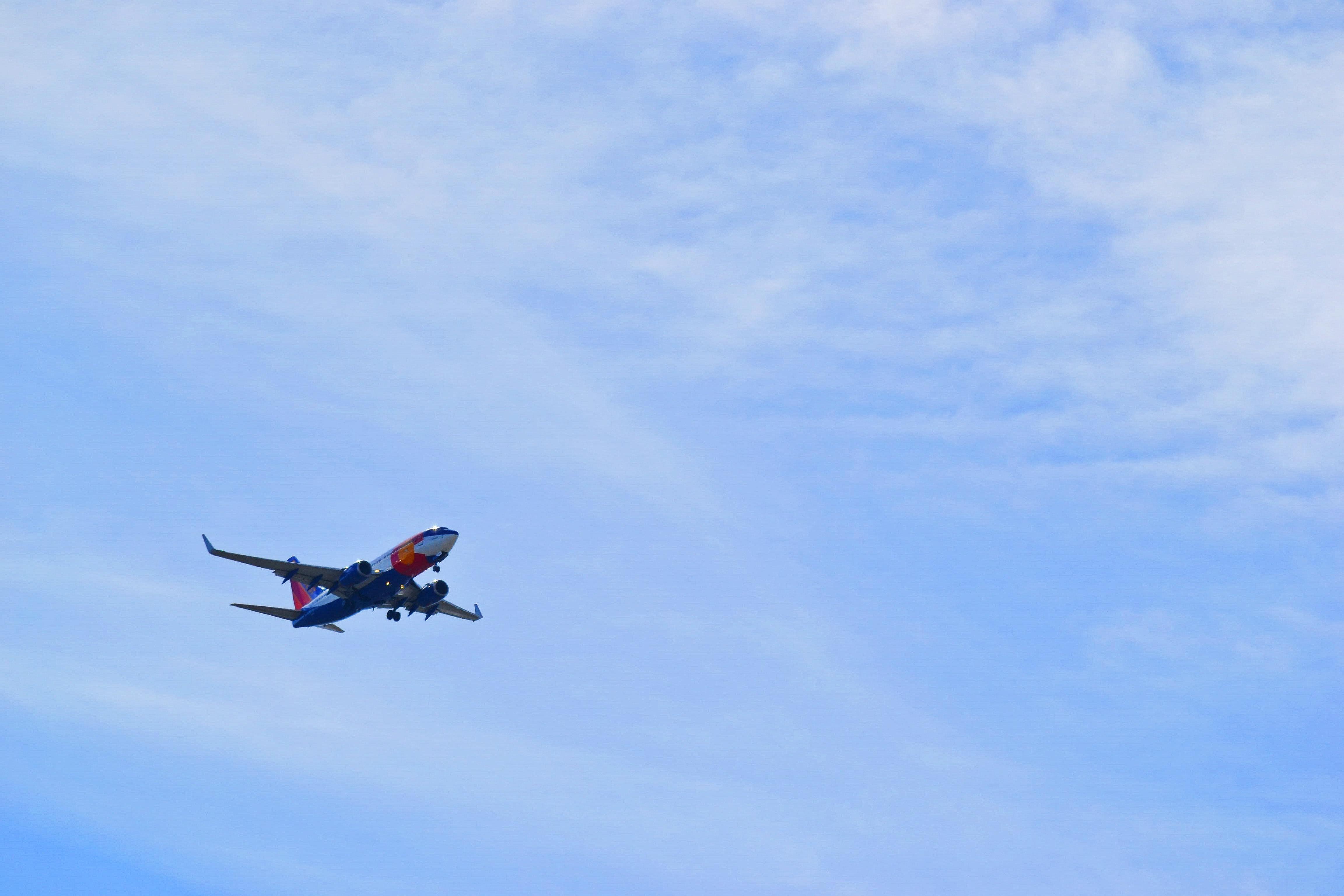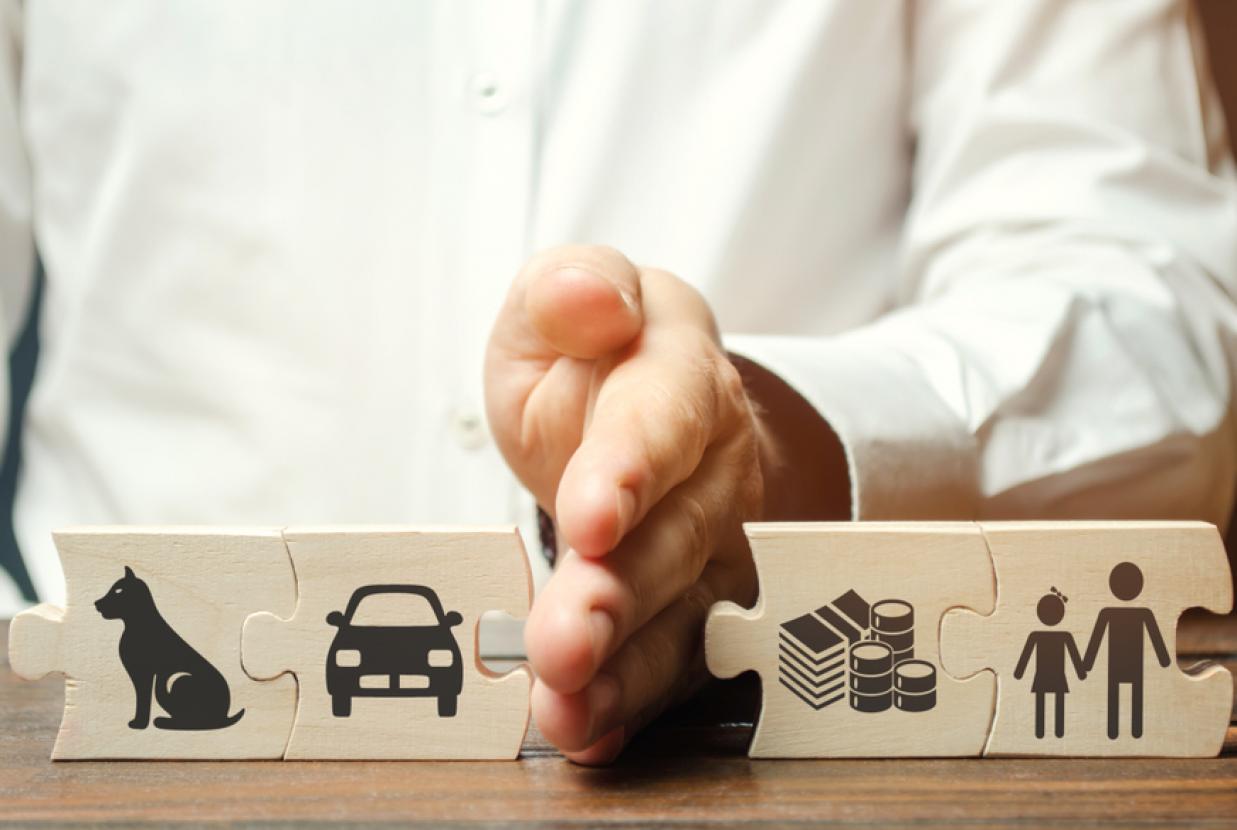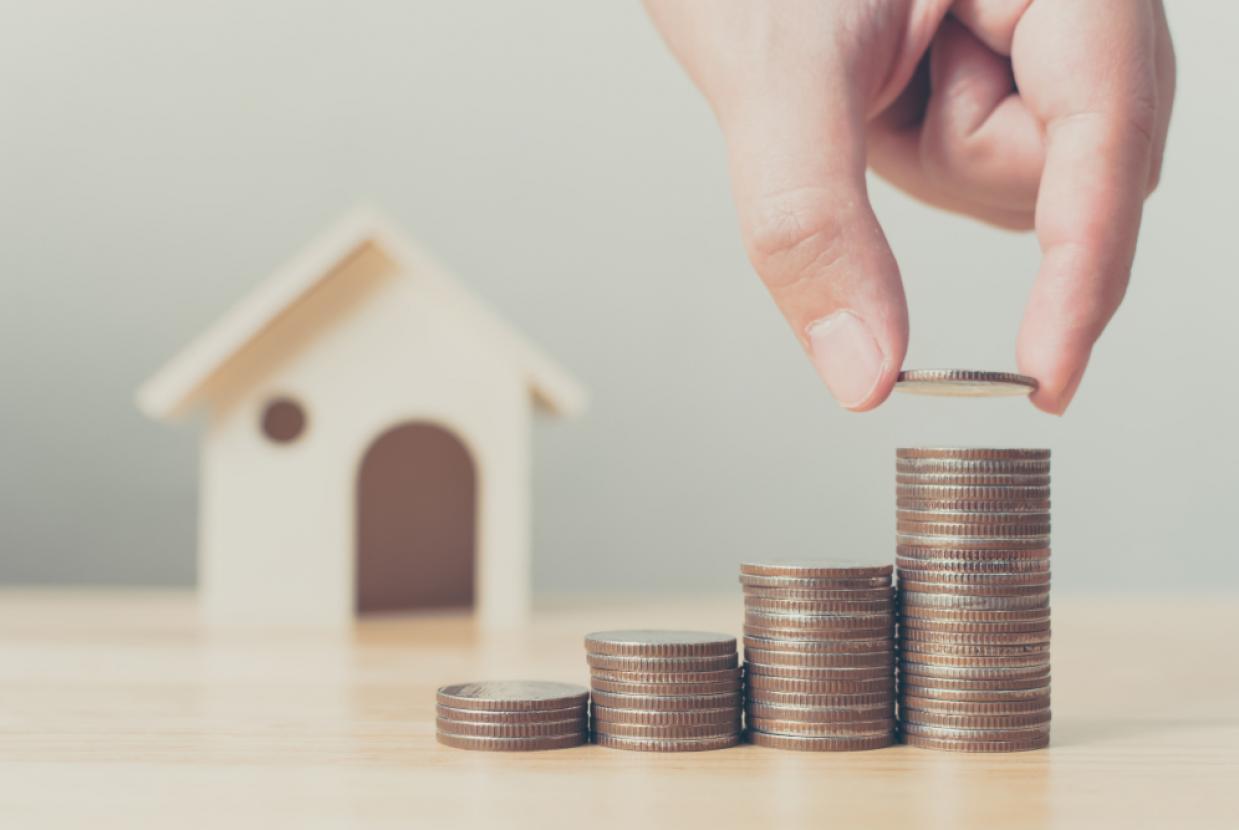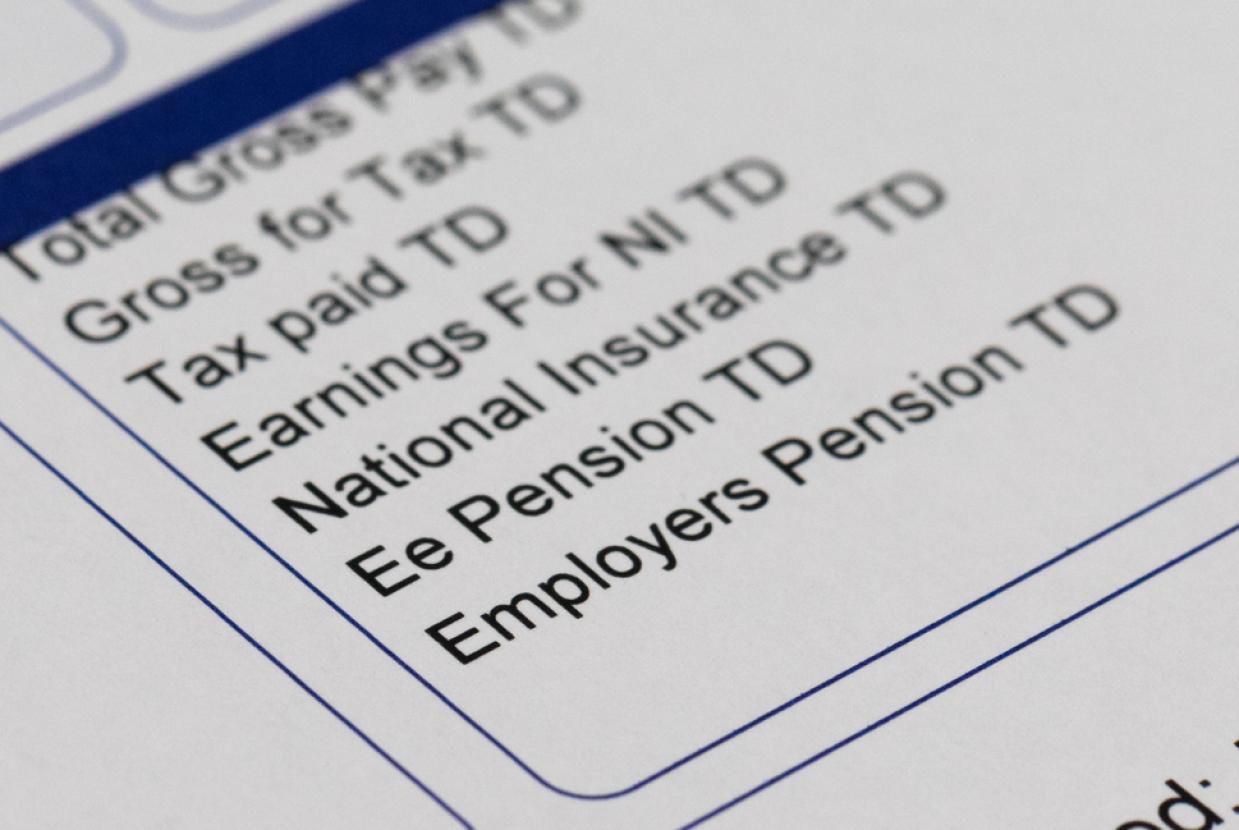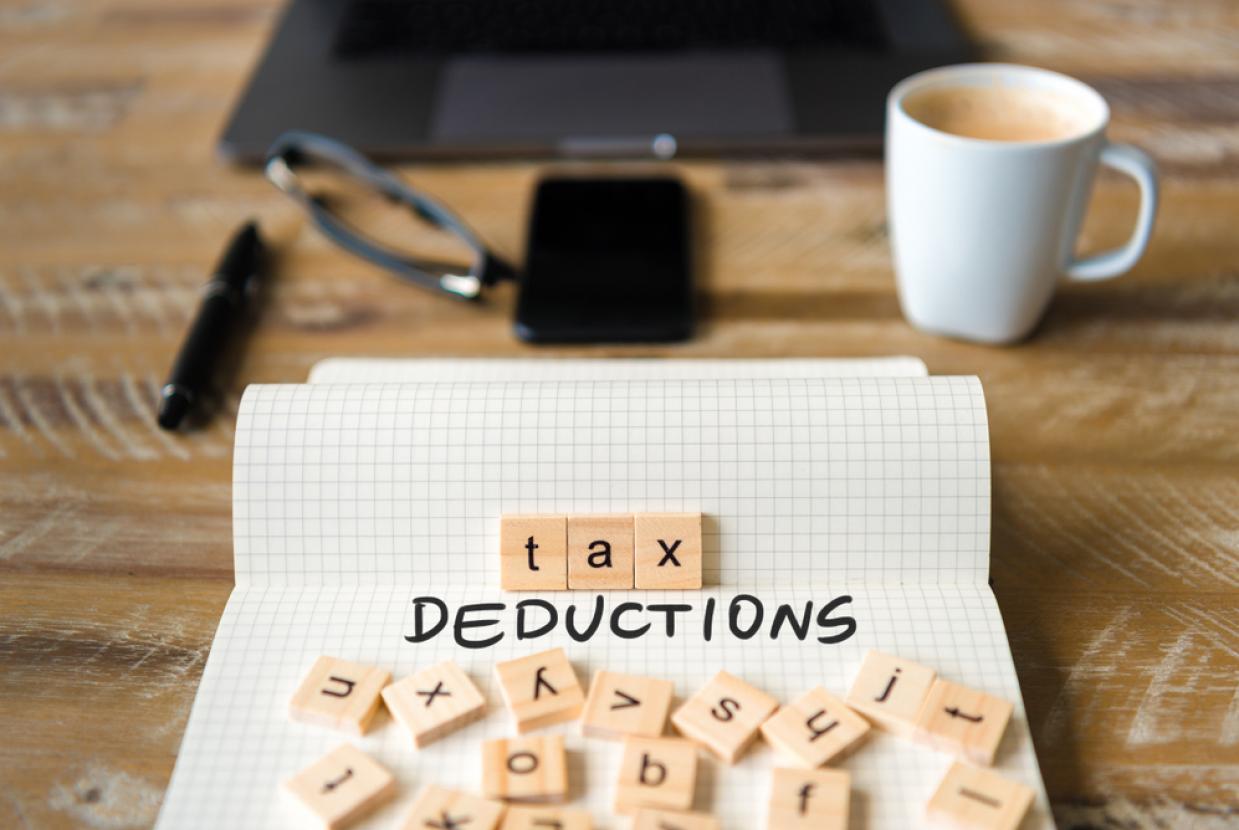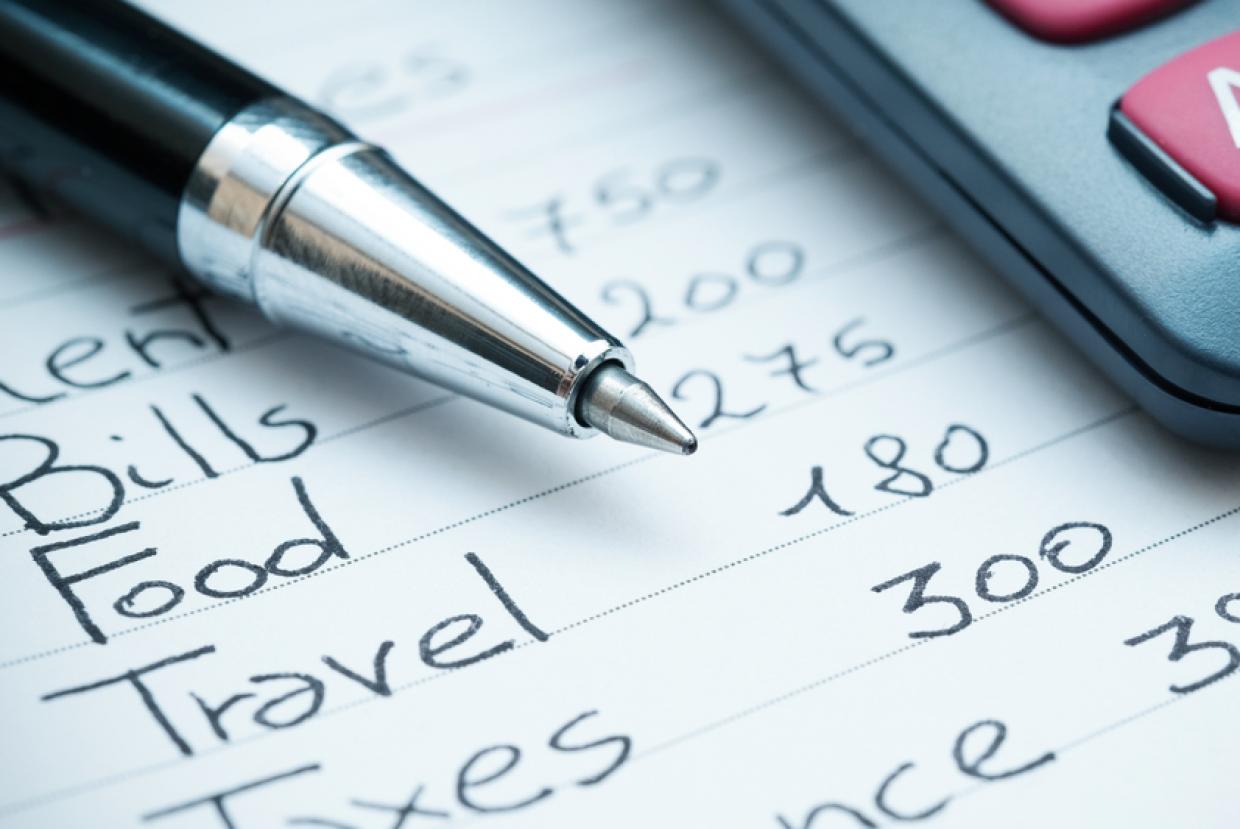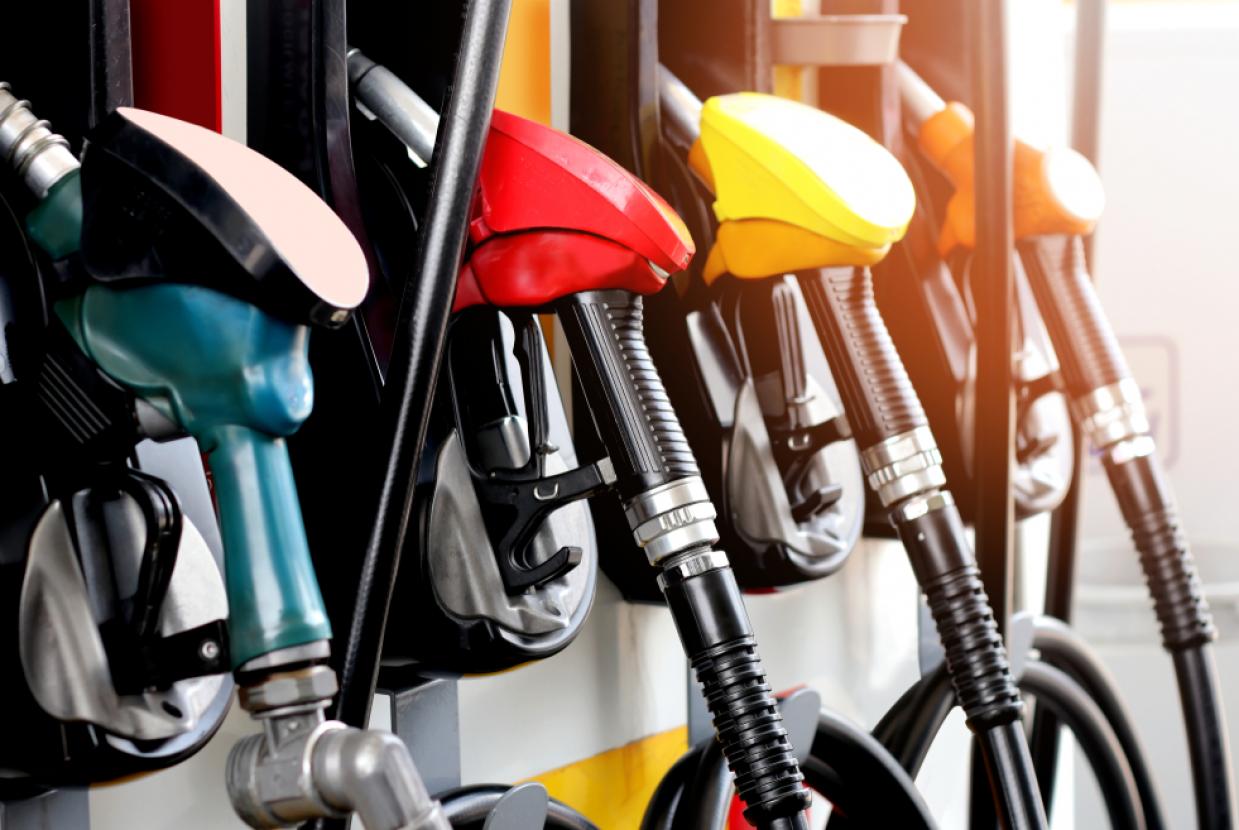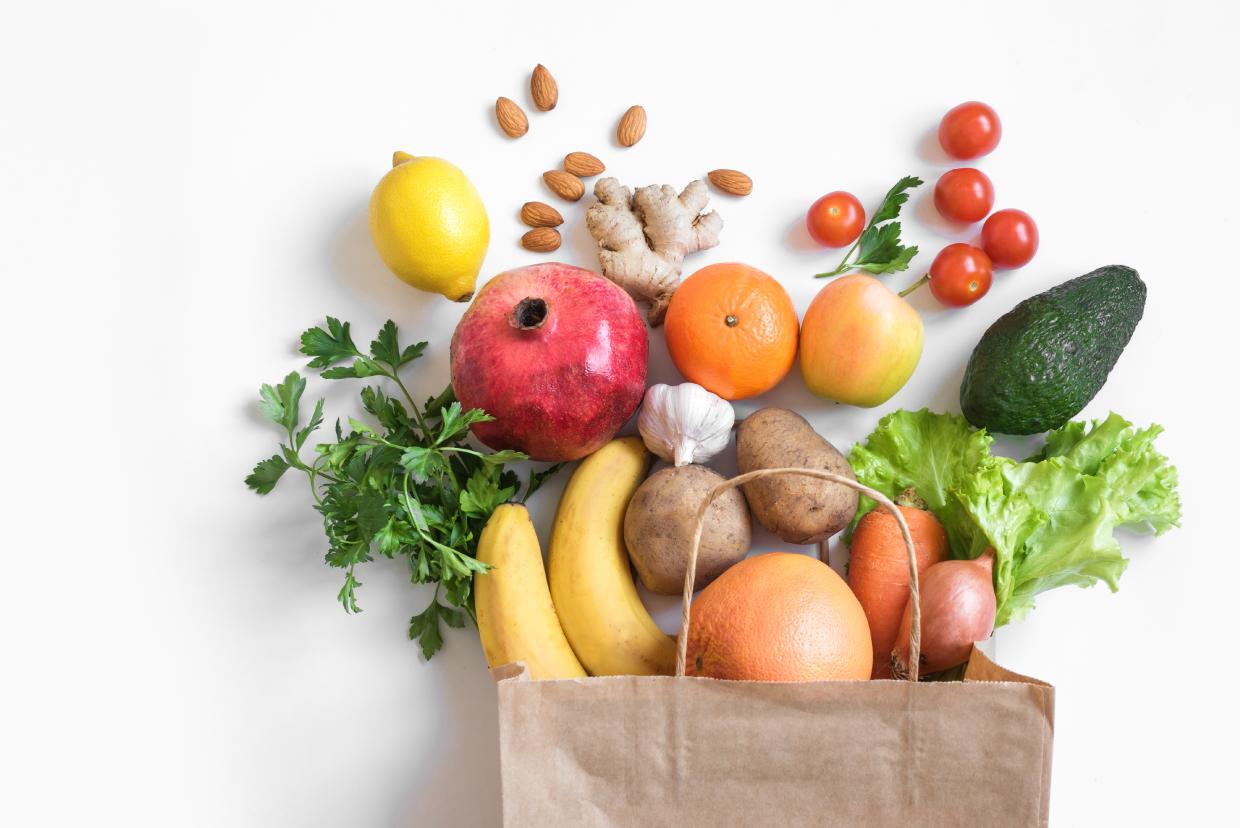How to save fuel when driving
Financial HealthBuying the cheapest petrol and diesel is the easiest way to cut your fuel costs, but there are other things you can do to get the most mileage out of your tank.
Fuel-saving tips
Stay aerodynamic - wind resistance increases fuel consumption. Try to keep windows closed at high speeds and remove roof racks and boxes when not in use. Removing a roof-top cargo box can save as much as 20% on fuel over a year.
Slow down - according to the AA, dropping from 80mph to 70mph could save you up to 25% in fuel. If you’re on smaller roads, slowing down from 70mph to 60mph could save another 10% .
Maintenance - Get your car serviced regularly to maintain engine efficiency and make sure you’re using the correct engine oil (check the handbook).
Sensible driving - Read the road ahead, anticipating the actions of other drivers and potential hazards. The less braking and acceleration, the less fuel used.
For instance, drive smoothly in heavy traffic and avoid driving fast to catch up to the car in front, then having to brake.
Drop the revs - some motorists let the revs (revolutions per minute or RPM) run to 3,000 per minute (petrol car) and 2,500 (diesel) before changing up a gear. It’s more efficient to move up a gear at 2,500 (petrol) and 2,000 (diesel). Use high gears, such as fifth and sixth gears, sooner than later.
Look after tyres - well maintained tyres are essential for safe and economical driving. Check tyre pressures regularly (especially before a motorway journey). The RAC claims correctly inflated tyres can improve fuel consumption by up to 2%.
Reduce weight - a lighter car will use less fuel, so don’t drive around with unnecessary items in your boot and unless you’re on a long journey, consider running your fuel tank half full or less.
Speed bumps - braking hard, accelerating, then braking for the next speed bump is inefficient and uses extra fuel. Try to drive along at a steady 15-20mph instead.
Air con or open windows? - air-conditioning increases fuel consumption, especially at low speeds. If it’s a hot day, use the air conditioning for high speed driving, but open the windows around town.
Ditch the car - it sounds obvious, but the simplest way to save on your fuel costs is to cut your car use – try walking, cycling or public transport for shorter journeys, or car sharing for your commute.
Drive a manual - according to the AA, automatics use 10% to 15% more fuel than manuals. However, the gap is closing as modern, efficient semi-automatics become more popular.
There’s also little difference between automatics and manuals on motorways. Work out how much fuel you use every week. Now try slowing down for a week and see what difference it makes.
Find out the facts when thinking about whether you need a car, and make sure you know how much different types of cars cost to run.











